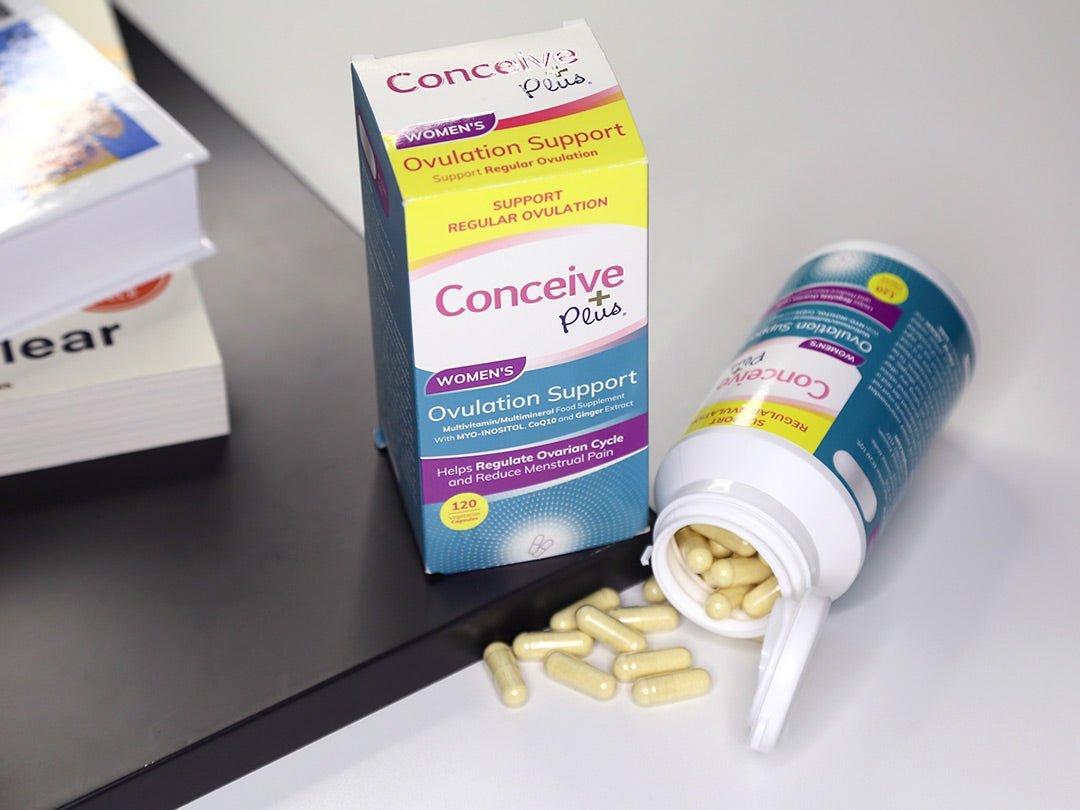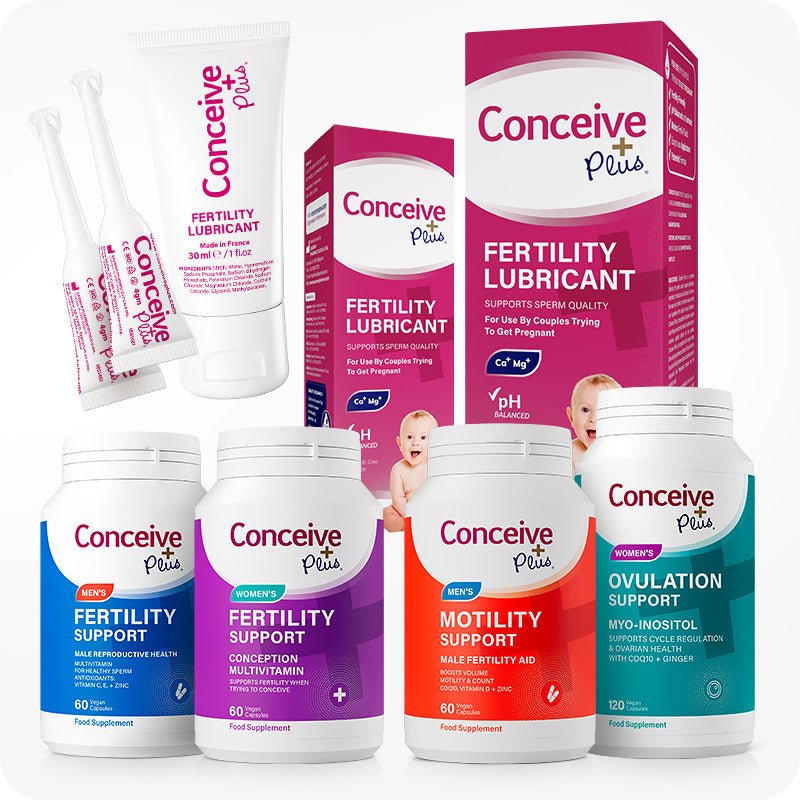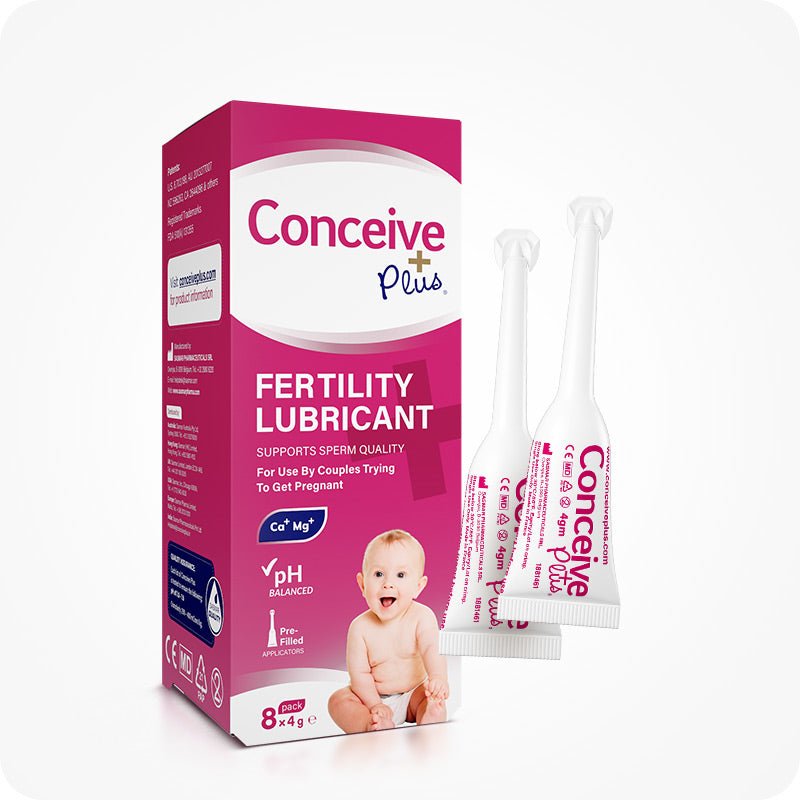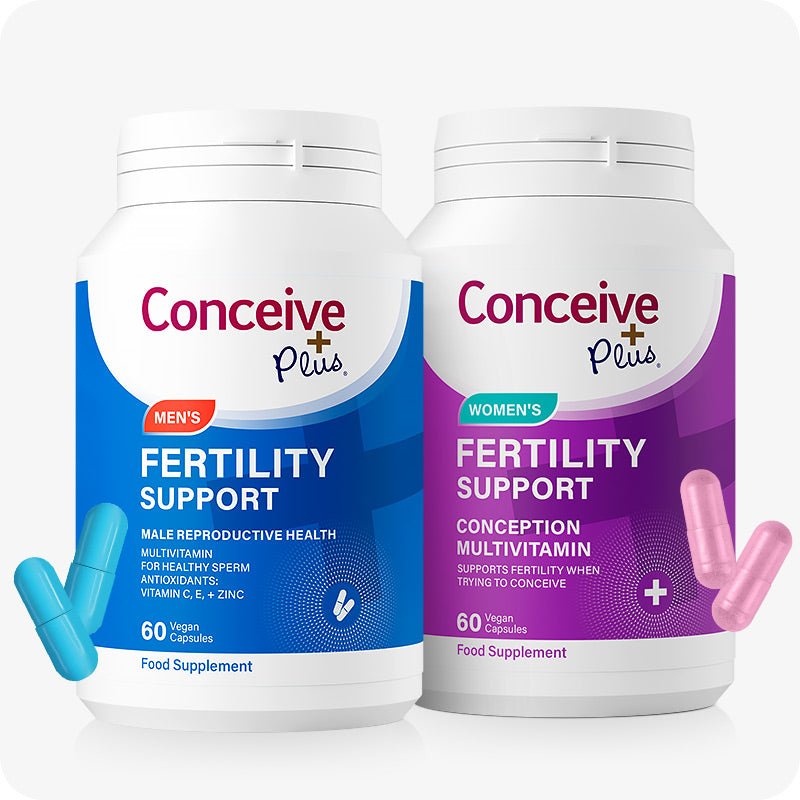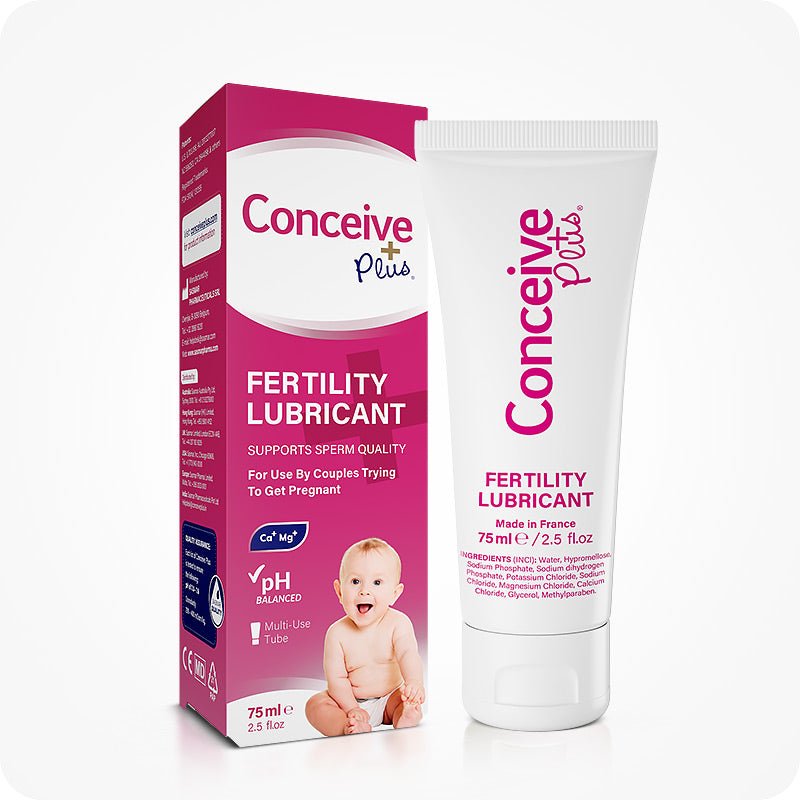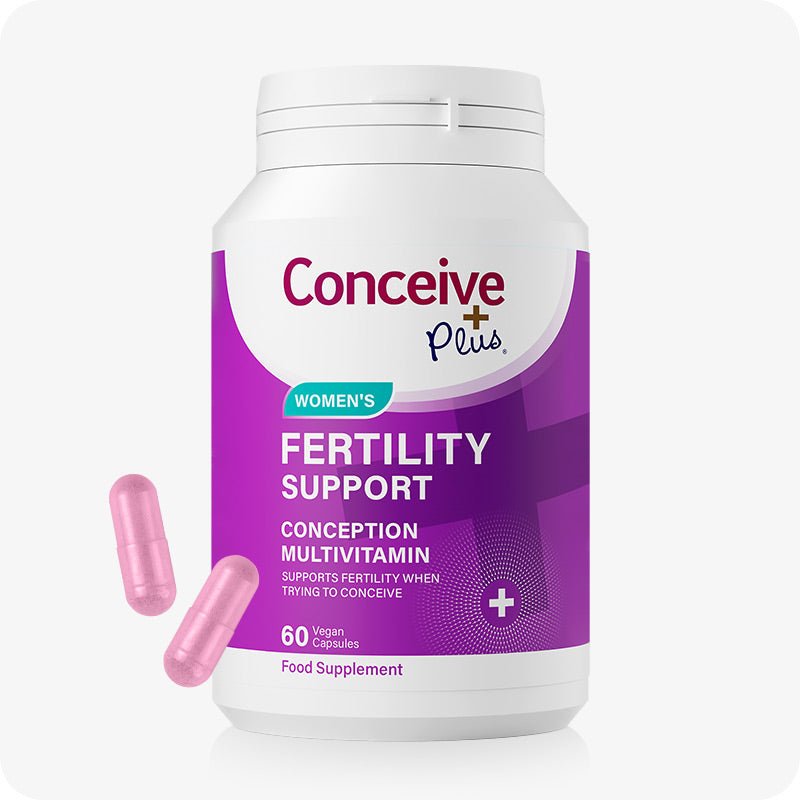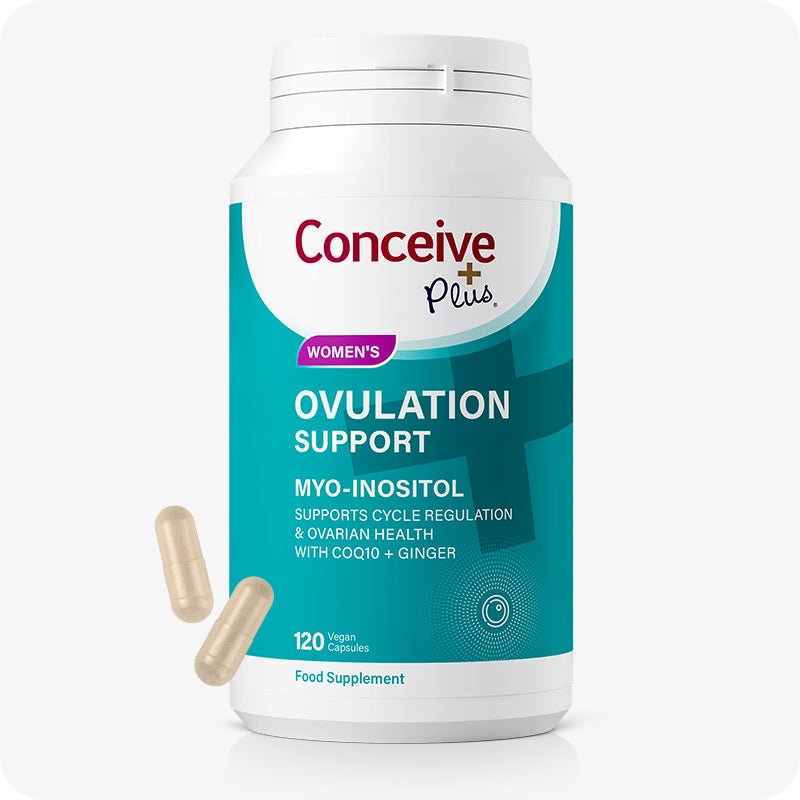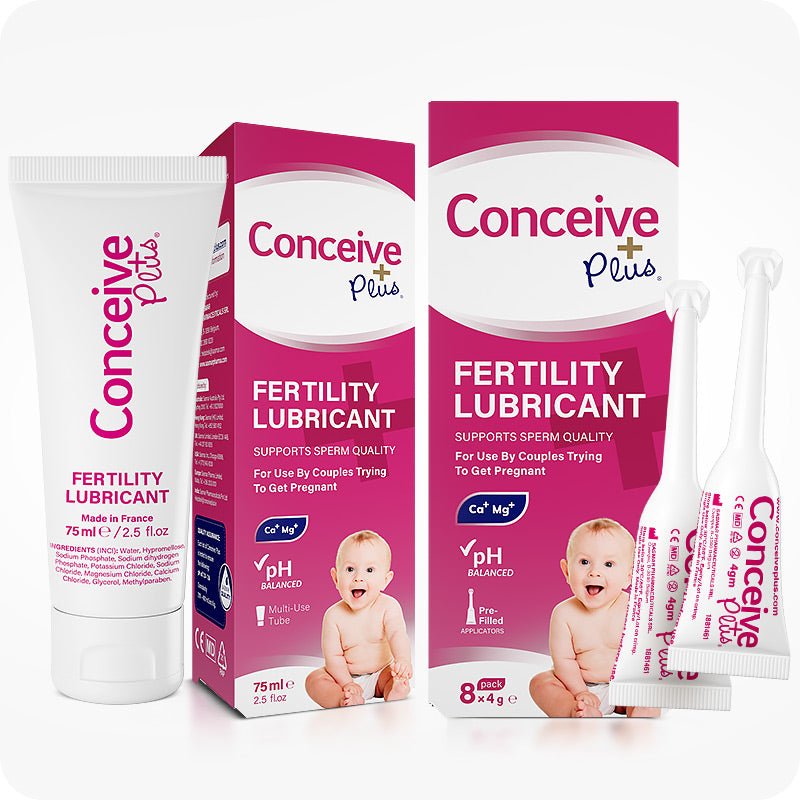Basal Body Temp and Ovulation: Does It Guarantee Conception Success

Using the basal body temperature method to track ovulation and menstruation can help pinpoint your most fertile days when planning to conceive. It’s a natural and inexpensive way to improve family planning and can be performed at home with a thermometer, a morning routine, and a homemade chart.
Keep reading to learn everything you need to know about basal body temp and ovulation, and how it can help fulfill your dreams of starting a family.
The Basal Body Temperature Method Explained
Your BBT [1] refers to the body’s temperature when it is fully resting. For this reason, it’s typically measured first thing in the morning before you get out of bed. Ovulation is known to cause a slight increase in BBT by approximately 0.2-0.6°C, meaning it can be used as a fertility awareness tool when trying to get pregnant.
Women are most fertile 2-3 days before their basal body temp rises, so understanding your basal body temp ovulation patterns can significantly improve your chances of successful conception.
Can BBT Temperature Ovulation Charts Accurately Predict Your Most Fertile Days Each Cycle?
When your cycle is regular and your BBT is recorded daily for at least three months, BBT ovulation charts can predict when you ovulate due to a slightly higher temperature. Knowing when you are most fertile can increase your chances of pregnancy.
How Is the Basal Body Temperature Method Done?
Basal Body temperature is taken routinely and repetitively each morning for a few months [2].
Using an oral, digital thermometer, take your basal body temperature every morning when you first wake up and before getting out of bed. Try to use the same thermometer at the same time every day. Note: If you have slept less than three hours or more than eight, your BBT will be less accurate.
Be sure to record your daily temperature in a notebook or sheet of paper that is kept in a safe place or on a specifically designed BBT app.
Based on your collective readings, you should notice a slight rise (0.2-0.6°C) in basal body temperature that remains consistent for 2-3 when you ovulate. The 2-3 days before your BBT rises is when you are most fertile and likely to conceive.
What Should Your Basal Body Temperature Measure?
Most women will have a typical BBT of 35.5 to 36.6 C before ovulation and a slightly higher BBT of 36.1 to 37.2 C after ovulation [3]. The increase in BBT during ovulation can vary from woman to woman and is known to rise as little as 0.22 C and only as high as 0.56 C.
It’s not unusual to notice a tiny drop in temperature just before ovulation occurs. In these cases, a clear (but small) increase should be noticeable straight after ovulation.
When conception has been successful, your BBT will remain elevated due to the increased progesterone produced to support pregnancy. A lowered temperature after ovulation typically indicates that conception has not occurred and menstruation is soon expected.
Is the BBT Method Reliable for Every Woman?
It is ideally suited to women with a regular 28-day menstrual cycle. However, it will not provide accurate results if your menstrual cycle is irregular, or if you suffer from any female disorders that disrupt the reproductive hormones.
Is The Basal Body Temp Method Reliable with a Regular Menstrual Cycle?
The BBT method is a natural, free, and non-invasive way of tracking your fertility if your menstrual cycle is regular. However, for accuracy, it requires diligence and a daily commitment. It’s also important to understand that underlying conditions and lifestyle factors can influence your BBT [4].
For example, not sleeping enough or oversleeping can alter your BBT. As can stress, anxiety, traveling through different time zones, drinking alcohol, or taking certain medications. The flu, underlying conditions, a fever, and female disorders that affect the reproductive hormones could also disrupt your usual BBT.
For these reasons, gynaecologists and fertility specialists typically recommend using the BBT method in conjunction with another fertility tracker. Changes to your cervical mucus, lower abdominal cramping on one side, breast tenderness, food cravings and mood swings are other changes the body experiences during ovulation.
Fertility tracking apps and ovulation predictor kits can also help.
When to Seek Help?
If you’ve been tracking your BBT for a while and do not see any pattern or realise that your cycle is irregular, consult with your doctor to investigate why.
Women suffering from polycystic ovary syndrome PCOS, endometriosis, fibroids, or pelvic inflammatory disease (PID) typically experience irregular menstrual cycles. This can make it challenging, but not impossible, to track ovulation and have sex at the right time when trying to get pregnant.
Alternatively, fertility specialists can offer advice and treatment recommendations based on whatever has been hindering your baby-making journey thus far.
Can You Improve Your Ovulation?
Investing in an ovulation-boosting supplement can help regulate your menstrual by balancing your hormones, supporting ovulation, and improving your overall reproductive health.
Conceive Plus Ovulation Support contains a clinically proven mix of Myo-Inositol, D-Chiro-Inositol, folic acid and ginger root extract to correct hormone imbalances, improve ovulation, and support the cells in creating healthy eggs.
Using the basal body temperature method after taking ovulation-supporting supplements for at least three months can notably increase women’s chances of conceiving. Applying a fertility-friendly lubricant can also help to protect sperm and ensure enough of them reach a healthy egg for fertilisation.
The Bottom Line
Monitoring your basal body temperature ovulation cycle can provide crucial insights into your fertility and improve your chances of getting pregnant. For accurate results, you must take your BBT at the same time every morning, with the same thermometer as soon as you wake up.
Understanding the relationship between basal body temp and ovulation helps identify the most fertile days and supports more precise cycle tracking. But even then, tracking your BBT cannot guarantee conception success.
Although helpful, BBT tracking can be adversely influenced by illnesses, irregular hormone fluctuations, and lifestyle changes. It is therefore recommended only for women with a regular cycle. And it is best used in conjunction with another form of fertility awareness such as tracking other ovulation symptoms.
References
1. Cleveland Clinic – Bsal Body Temperature - https://my.clevelandclinic.org/health/articles/21065-basal-body-temperature
2. Parents - How to Detect Ovulation and Early Pregnancy With a Basal Body Temperature Chart - https://www.parents.com/what-triphasic-charts-mean-for-early-pregnancy-8639657
3. Clear Blue - Basal body temperature: What it is, how to chart it, and more - https://uk.clearblue.com/how-to-get-pregnant/basal-body-temperature
4. National Library of Medicine - Physiology, Ovulation And Basal Body Temperature - https://www.ncbi.nlm.nih.gov/books/NBK546686/




